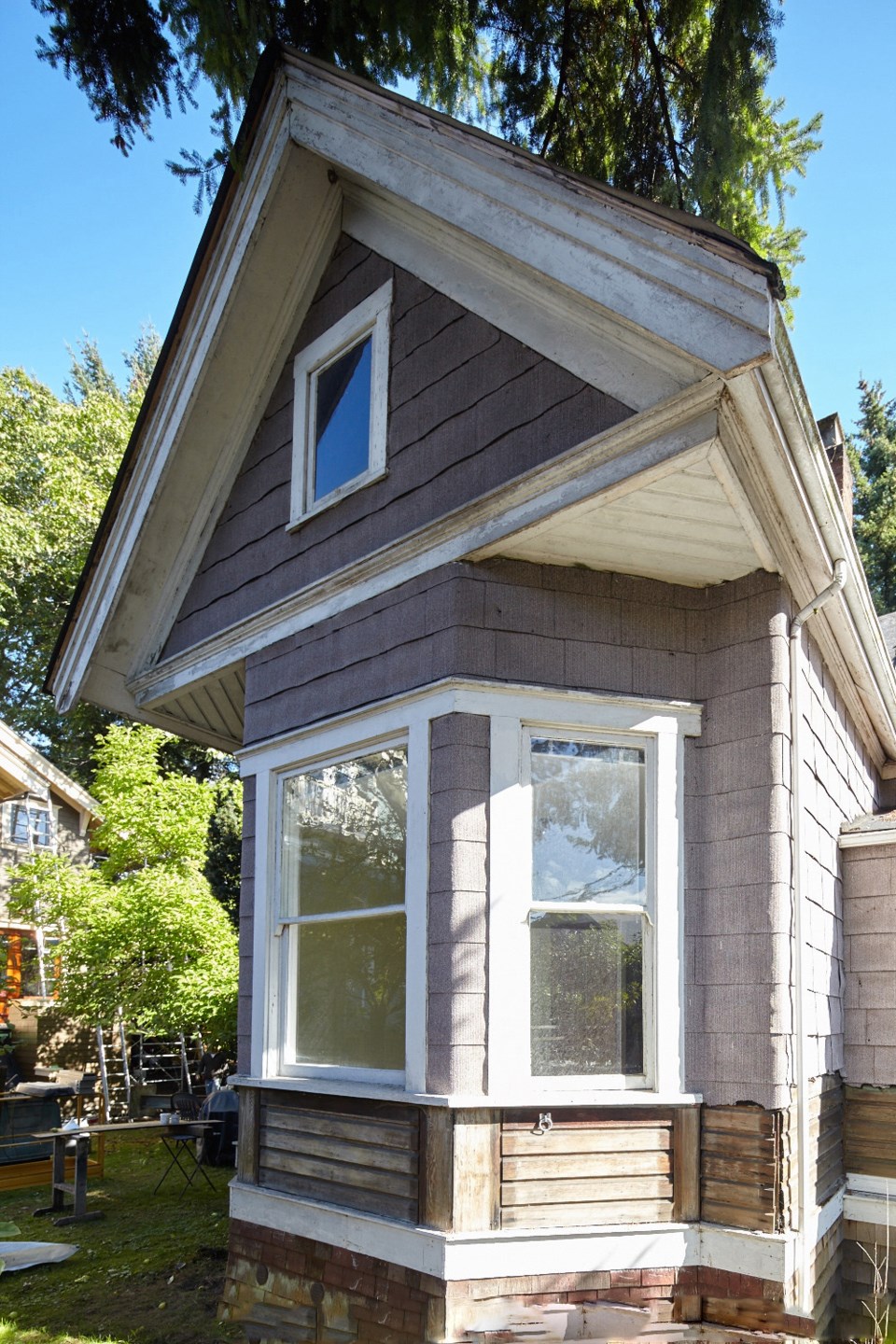Newly built laneway homes are popping up in neighbourhoods across Vancouver, but they are hardly new in the city’s history.
In fact, one of them will be on display during the Vancouver Heritage Foundation’s fifth-annual self-guided laneway house tour Oct. 25.
A character lane home built around 1890 is among eight properties being showcased. It has “all the detail and charm of a grand Victorian home, just in much smaller scale,” according to organizers.
“We’ve been saying for a long time that laneway housing is not a new idea in Vancouver, so it was a perfect opportunity with this tour to show an example and say this really isn’t new in Vancouver, that there are examples from over 100 years ago,” explained Kathryn Morrow, the foundation’s communications manager.
“We’re also showing a strata infill, which is another way of promoting densification without demolition and it’s another option for certain neighbourhoods and it shows the difference in zoning rules and just the variation of laneway housing.”
The strata infill, designed by Canadian architect Paul Merrick, was built in 1989. It’s larger than most laneway homes and can be independently owned. (New laneway homes can’t be independently owned because they’re meant to provide affordable rental housing, according to the City of Vancouver.)
Morrow said the Merrick-designed home has West Coast modern stylistic influences. It features a lot of natural wood.
“All the windows in it are custom-built, so there’s a lot of oddly shaped windows that work with the shape of the house and bring in a lot of natural light,” she said.
The six other laneway homes on the tour are recently built ones.
“One of the [modern homes] would have been open last year, but it wasn’t finished, so this time people will get to see it all done up, landscaped and furnished,” Morrow said. “Everything else is brand new to the tour.”
The foundation runs the tours because they continue to be popular and they reinforce the organization’s view that heritage homes can be saved while adding density to neighbourhoods.
“We are really behind the idea that you can densify historic neighbourhoods without demolishing the principal homes,” Morrow said. “So this tour has always been a great example of how heritage can work with modern concerns in the city. That’s one of the main reasons we keep [running the tour]. And, it is one of our more popular tours. [Participants] are a combination of people who are interested in buying or building a lane house behind their own heritage home and people who are curious about the idea and don’t know much about it and want to know more.”
Since 2009, the City of Vancouver has issued 1,402 permits for laneway homes as of Sept. 20 of this year and 968 final inspections have been completed.
This year, as of Sept. 30, 271 permits have been issued, almost the same number as 2013.
The highest number of permits issued over the past five years was in 2012 when 354 were issued.
Few complaints about such homes have been filed in recent years. The City of Vancouver recorded six complaints in 2014 — three about loss of private views and three about siting and shadowing.
Since the city’s policy was amended in 2013, more one-storey laneways homes have been built. They were allowed before the amendments, but they just weren’t that common.
The proportion of one-storey laneway homes has increased from six percent before amendments to 14 per cent.
The Vancouver Heritage Foundation’s self-guided tour runs from 1 to 5 p.m., Oct. 25th. The cost of tickets and other details can be found at vancouverheritagefoundation.org.
noconnor@vancourier



